We’re accustomed to thinking of nuclear bombs as doomsday devices that could end life on the planet. That’s true when they are used in considerable numbers. Individual explosions, though, can occur with fewer long-term environmental effects than you might expect. For example, very little radiation lingered in Hiroshima, and the city was largely rebuilt within six years. Even Russia‘s Arctic test site of the largest nuclear weapon ever tested, the Tsar Bomba, has negligible radiation today and is a niche tourist destination.
So, could nuclear weapons be repurposed for “peaceful” projects? Yes, they could. Infact, they have been. This article looks at suggested projects from global superpowers for peaceful nuclear explosions. In particular, it focuses on Russia, as they are the only country to implement some of these ideas.
A Cold War Obsession
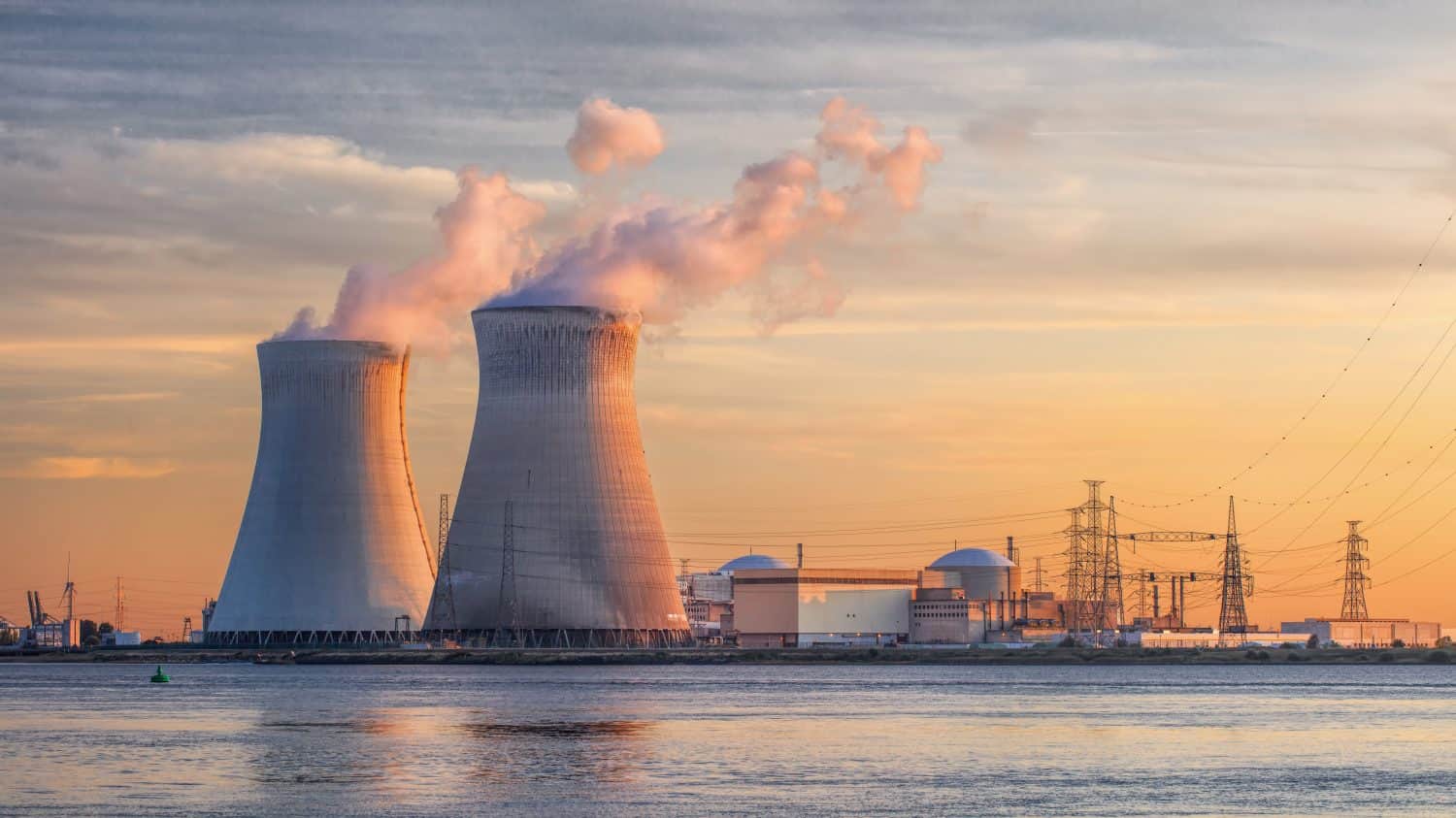
Nuclear power plants cost billions of dollars and 10 years or more to build.
©TonyV3112/Shutterstock.com
During the Cold War, the United States and the Soviet Union were locked in a nuclear arms race that ultimately saw nuclear weapons proliferate into the tens of thousands. In some ways, considering peaceful uses for nuclear devices was necessary to gain public support for continued nuclear research and development. But there were also legitimate potential applications of nuclear explosives that bore investigation. The development of nuclear power plants was one profitable use of the technology that emerged.
Unrealized American Proposals
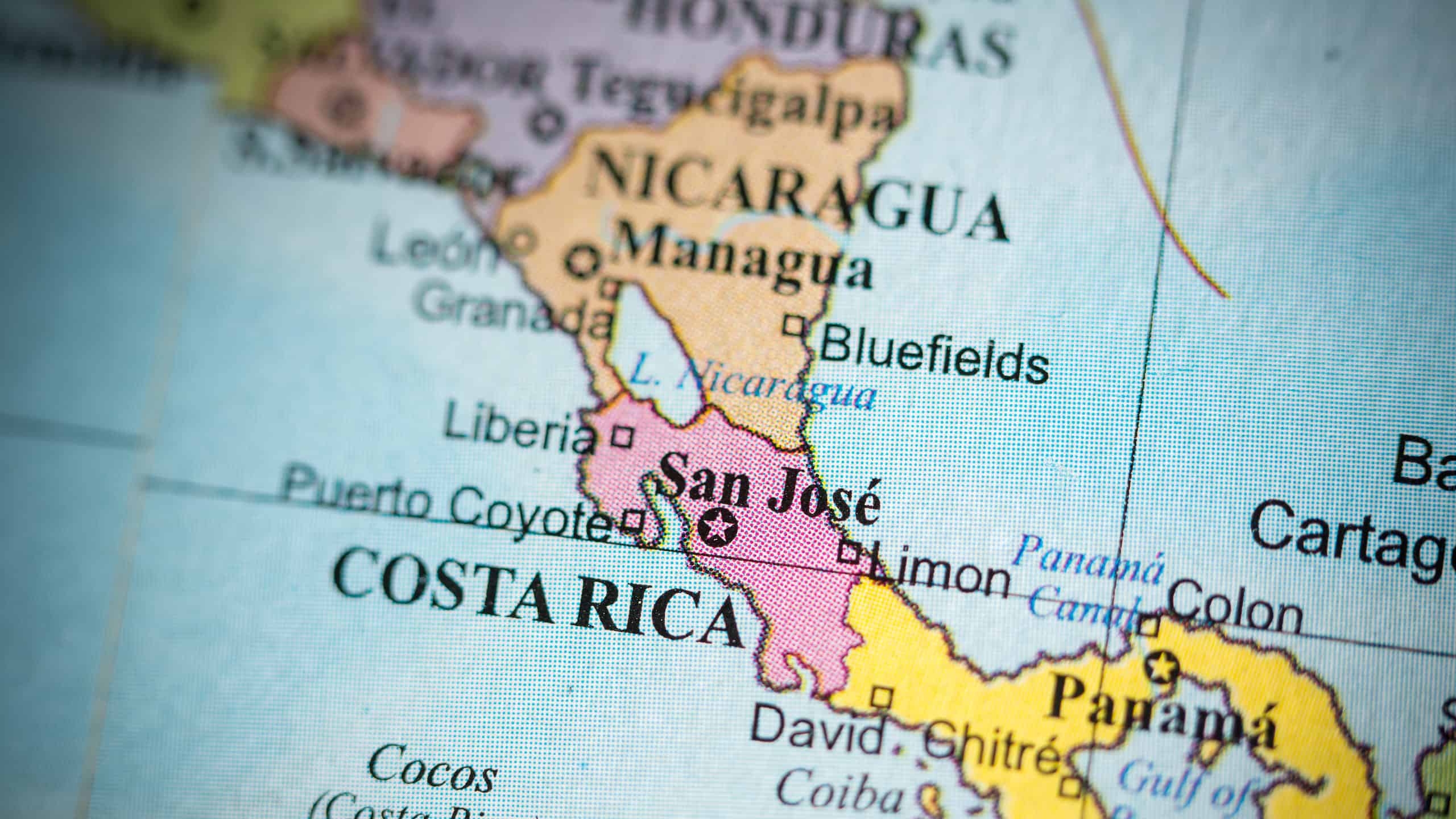
Project Plowshare considered building a sea-level canal across Panama or Nicaragua.
©SevenMaps/Shutterstock.com
From 1957-1975 Project Plowshare in the United States studied proposals for using nuclear explosions for geoengineering projects. Specifically, 35 blasts were tested to determine the feasibility of these ideas. In the end, none were implemented because of concerns about costs and radiation. Ultimately, the development of more sophisticated blasting techniques with conventional explosives could accomplish the same purposes. Some of the ideas considered were:
- Creating sea-level canals across Panama and/or Nicaragua to improve shipping between the Atlantic and Pacific.
- Using a chain reaction of five nuclear explosions to create a 1 x .5-mile harbor at Point Hope, Alaska to facilitate oil and coal transport.
- Using nuclear explosions to shatter oil shales in Canada to release petroleum products.
- Making a two-mile cut through the Bristol Mountains in California for Interstate 40 and a rail line. The project would have required 22 nuclear explosions.
- Creating electricity by setting off fission explosions every 45 minutes in an underground chamber to turn water to steam and drive turbines.
Project Orion: Maybe Not So Peaceful?

Nuclear explosions in space, even for peaceful purposes, were banned in a 1963 treaty.
©metamorworks/Shutterstock.com
Project Orion was a Nuclear Pulse Propulsion program researched from 1958-1965. The idea was to detonate a series of nuclear devices behind a large heavily shielded spacecraft to provide thrust. This is one model of how humans could accelerate a spacecraft to shorten the travel time to planets in our solar system. On the other hand, it could have also been used as a way to rain down nuclear fire on any city on Earth. Notably, the U.S. Air Force agreed to help fund it only if it had potential military applications. The project was cancelled with the signing of the 1963 Partial Test Ban Treaty that prohibited nuclear testing in space. However, the concept is still very much alive in current discussions of options for long-distance space flight propulsion systems.
Russian Proposals
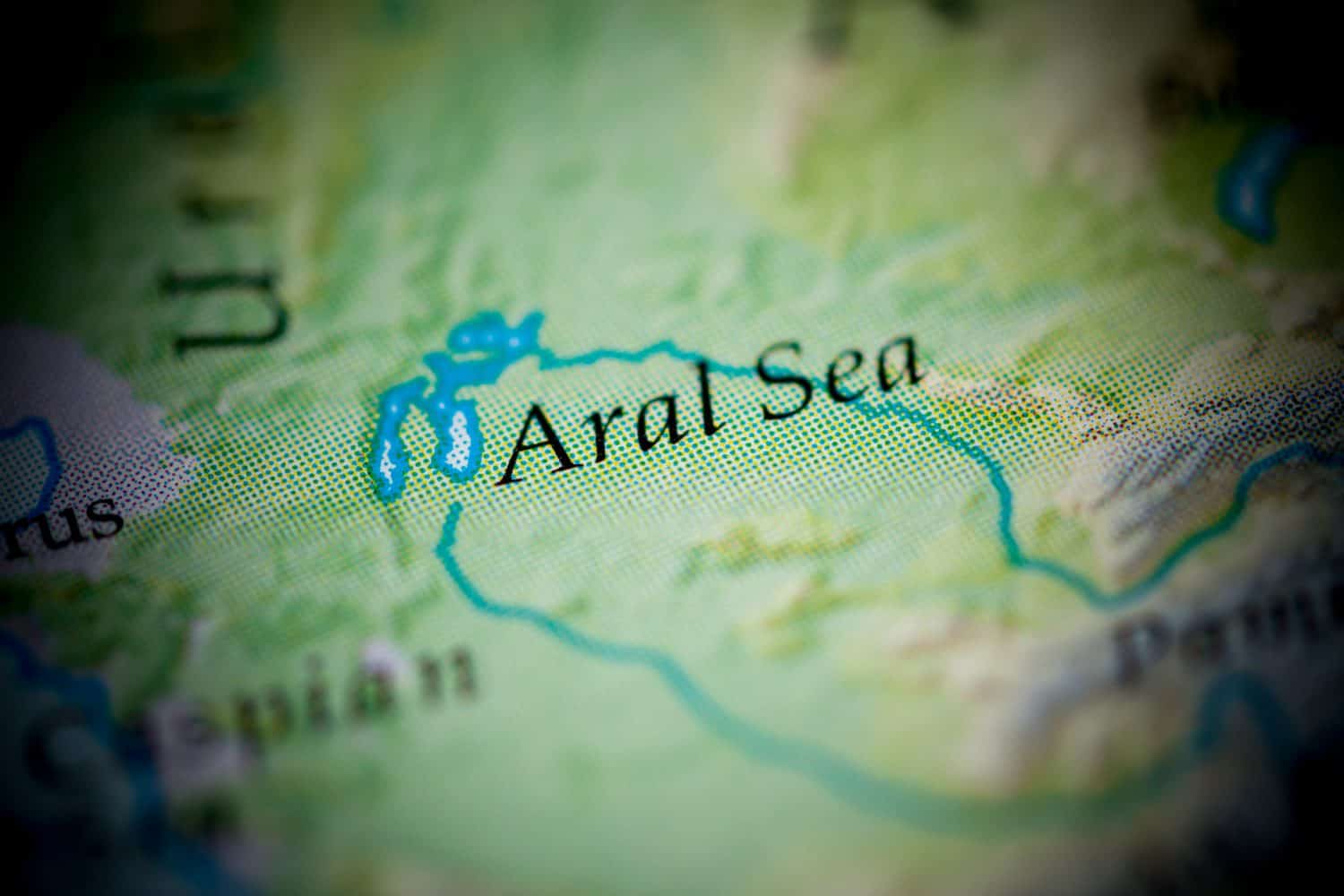
The Soviet Union considered using nuclear explosions to reverse Arctic-bound rivers.
©SevenMaps/Shutterstock.com
“Nuclear Explosions for the National Economy” was the name of the Soviet Union’s research project equivalent to the Americans’ Project Plowshare. The Russian program lasted from 1965-1989 and carried out 156 test explosions. Some of the projects they focused on were:
- Blasting through rock strata for oil and gas recovery
- Producing chambers in salt formations for storage purposes
- Constructing water reservoirs
- Putting out gas well fires
- Seismic sounding of the Earth’s mantle
- Creating transplutonic elements (elements beyond plutonium in the periodic table)
- Diverting north-flowing rivers to the south for the agricultural needs of Central Asia
Successful Projects: Fire Fighting?!
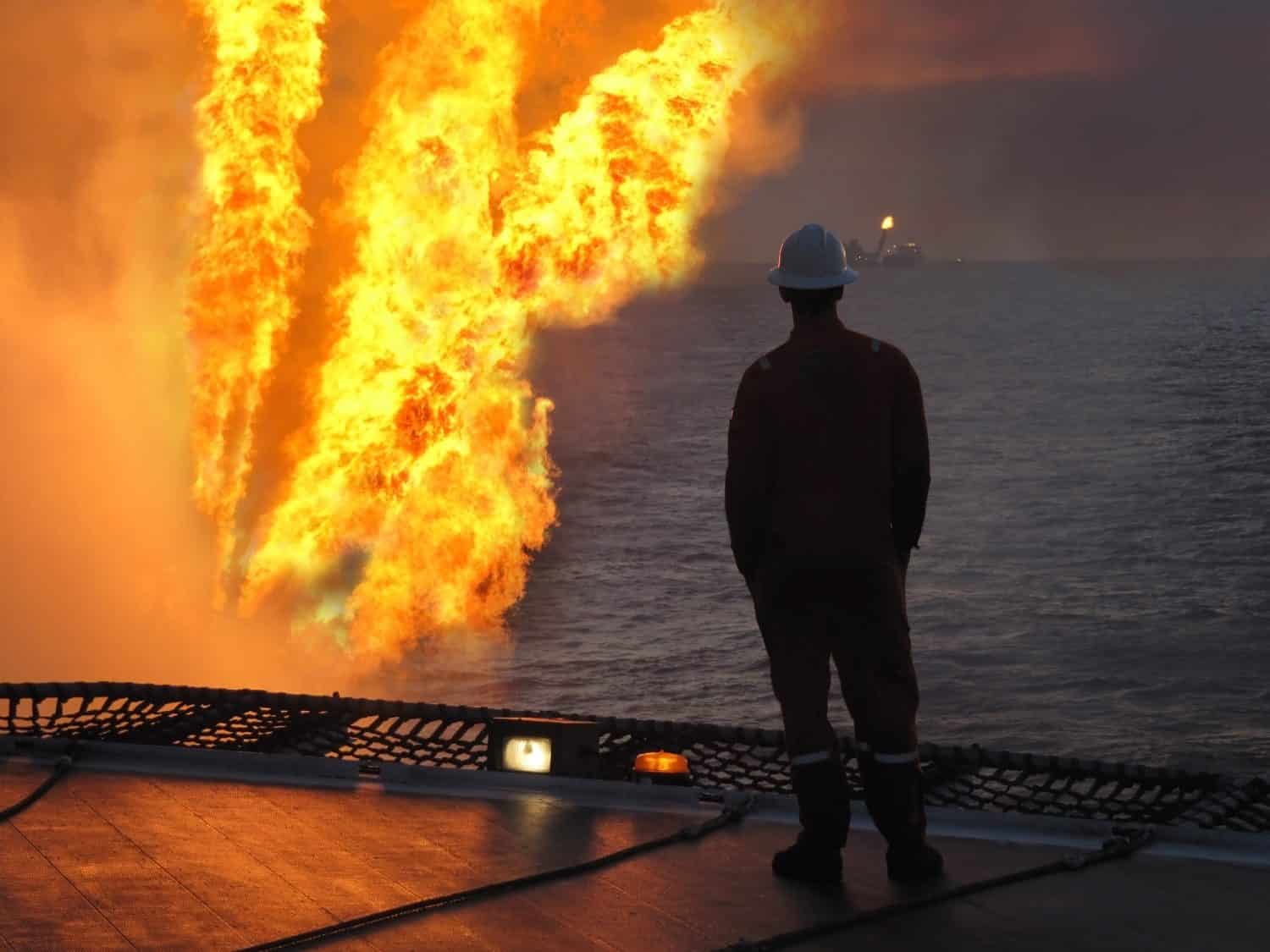
Believe it or not, Russia used nuclear explosions several times to extinguish runaway oil fires.
©am70/Shutterstock.com
Starting in 1966, Russia successfully used nuclear weapons four times to extinguish out-of-control oil well fires and attempted to do so one other time unsuccessfully. But how do you use a fireball as hot as the Sun to put out a fire? The Soviets dug holes by the burning wells and detonated nuclear devices at a depth of about a mile below the surface. The resulting pressure wave blew out the fires.
This application of nuclear explosions can pose a dilemma for environmentalists. The fire at the Urtabulak gas field in Uzbekistan was burning enough gas to fuel St. Petersburg every day, pumping carbon into the atmosphere 24/7. Radiation contained a mile below the surface is likely the lesser of two evils in this situation. However, it is possible enough conventional explosives could have achieved the same goal.
Not-So-Successful: Chagan Reservoir

The circular lake in this satellite photo is Lake Chagan, excavated by nuclear explosion in 1965.
©USGS/NASA Landsat Program; comparison made by Szczureq / This file is in the public domain in the United States because it was solely created by NASA. NASA copyright policy states that "NASA material is not protected by copyright unless noted". (See Template:PD-USGov, NASA copyright policy page or JPL Image Use Policy.)
The Semipalatinsk Test Site in Kazakhstan has the dubious distinction of being the most nuked site on Earth. Among the over 400 nuclear tests the Soviets carried out there, in 1965 they used a 140-kiloton blast to create a reservoir. The explosion took place about 600 feet below ground in the bed of the Chagan River. The resulting crater was about 1,300 feet in diameter and 330 feet deep. The lake’s 350 million cubic feet of water still has a radiation level about 100 times higher than the minimum permitted for safe use. The project proved a reservoir could be created with a nuclear explosion. However, any such reservoir would not be usable for practical purposes for a century or so.
Why Not Nuke the Moon?
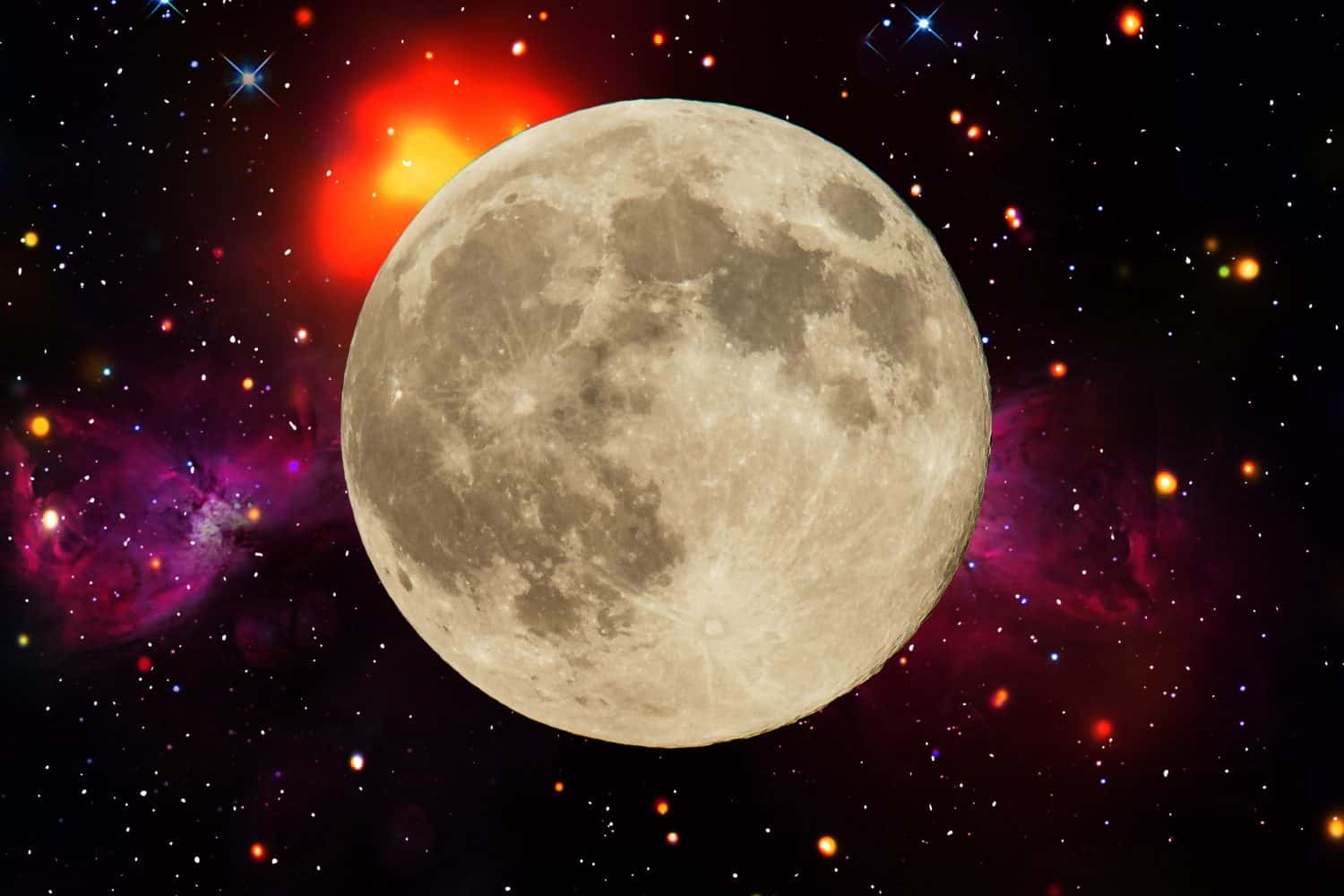
A nuclear explosion on the moon might have practical engineering purposes.
©Vladi333/Shutterstock.com
In 1958, with the Soviets temporarily ahead in the space race, the United States Air Force started a top-secret project to detonate a nuclear bomb on the moon. This would have been a show of force faintly visible to the naked eye on Earth. It would have also had some research purposes in studying the geology and internal structure of the Moon. The Soviet Union soon started an identical program. Both superpowers decided not to go forward out of fear that a warhead may fall back to Earth in the event of a failed launch, and out of a desire to avoid the militarization of space.
The United States and the Soviet Union did conduct some nuclear tests at high altitude, but the Partial Test Ban Treaty of 1963 and the Outer Space Treaty of 1967 put an end to nuclear testing in space.
Future “Peaceful” Uses for Nukes

Nuclear devices may be the most efficient option for construction and mining projects in space.
©Gorodenkoff/Shutterstock.com
Today there are few serious discussions of using nuclear explosions on Earth for the obvious reason that radiation poses a long-term threat that outweighs the benefits. However, there are, perhaps, some very limited circumstances where we shouldn’t rule them out. For example:
- Creating caverns at great depth for the storage of radioactive waste. The fact that the cavern itself would be radioactive would not be a problem. This would allow the safest storage of the waste for thousands of years, isolated from the surface environment.
- Geoengineering projects on the Moon, Mars, or asteroids for human settlements and mining. These are environments already inundated with cosmic radiation that require humans to have special shielding to protect themselves.
- Defense against an asteroid on a collision course with Earth. The most likely method would use nuclear weapons to nudge it on a different course.
- Repositioning asteroids in Earth orbit for commercial purposes. The United States has already conducted a successful experiment to change the orbit of a small asteroid. Nuclear explosions might be useful in the future to shift large asteroids into an orbit around the Earth. This would make it more convenient to mine them for valuable minerals or use them in orbital construction projects.
All of these ideas have the same two problems: the danger of failed launches dropping nuclear materials on Earth, and the danger of the militarization of space. However, for the massive space projects on the drawing board, nuclear devices may turn out to be the only power source that packs the punch we need.
The photo featured at the top of this post is © fongfong2/iStock via Getty Images
Thank you for reading! Have some feedback for us? Contact the AZ Animals editorial team.







